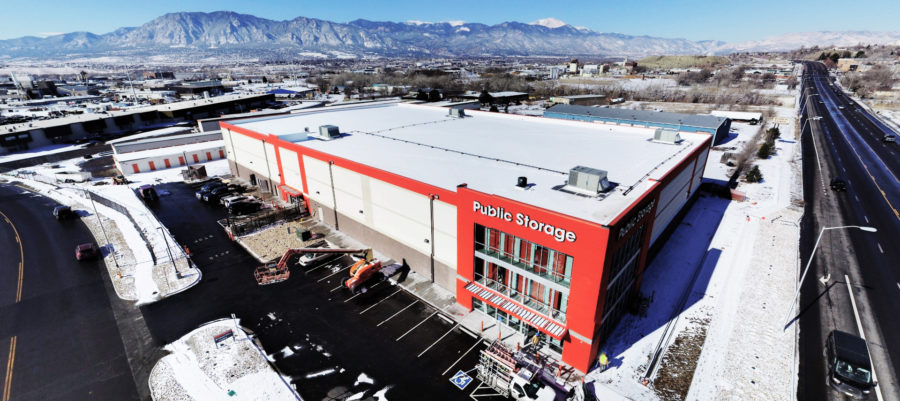
Since humans began building, we have been at war with winter. In construction, one key to winning is planning how to continue moving forward without losing ground. The following items are just a few things to consider in the coming months:
Use in-ground heating. Frozen subgrade in the winter can lead to damaged slabs, foundations, pools, and retaining walls in the spring. Moisture becomes trapped above the frost line, making compaction efforts extremely difficult. Once the moisture thaws in the spring, the ground becomes less compacted and more plastic, causing settlement, and in some cases, catastrophic failure, especially at retaining walls.
Plan to remove ice and water. Low areas in a slab, pools, and other features often collect snow and water which will freeze and thaw, expanding and contracting against the walls and within the porous concrete causing damage to the surface and possibly to the structural integrity of the concrete. Make sure you have a plan to deal with these issues and temporarily cover this hazard.
Use cold weather concrete. Review your specifications, and when in doubt, refer to ACI 306. Make sure you know whether your architect or engineer will allow for add mixtures ahead of time. Several add mixtures on the market now help to encapsulate the moisture in the concrete, allowing for flooring to bond and helping to boost the vapor barrier as well as repelling surface moisture due to exposure to the elements.
Understand and adhere to material delivery and storage requirements. A vast majority of materials are susceptible to excessive moisture and temperatures below 40°F. Without tenting and heat, materials may freeze if left to the elements. Read and understand your manufacturer’s requirements for material handling and application.
Prepare your parking lot. In winter, it’s difficult to store materials level and off the ground if the ground profile continues to change. Plan on paving early in order to avoid vehicles getting stuck, deliveries turning away, manpower being unable to access the building safely, and to maintain general site cleanliness. Whenever possible, get the base course down, a binder course or concrete paving is even better. This will reduce mud pits, avoid rework on paving structures, increase mobility of people and supplies, and provide a more safe and secure area for material laydown.
Secure interior heat. Heat can be helpful in many ways. It makes drywall and paint possible in cold conditions and can also provide a more safe and comfortable work environment; thus, increasing productivity in months that may not allow work without it. Remember, some forms of heat, like propane, will introduce moisture to the interior so make sure there is adequate ventilation.
Ensure you have power. Even if you have permanent power, have a plan for when the power is disrupted so your work won’t be. Generators can be hard to come by when everyone needs one. Also remember, no matter how many windows you had in the summer that allowed sun to help with lighting, the days are much shorter; artificial lighting will be necessary just to meet standard working times in most areas.
All of the items above directly impact quality and play a large role in maintaining a safe jobsite focused on quality. Being unprepared for winter weather can cause exposure to the elements, material loss or misuse, inadequate lighting, irregular grades, snow and ice causing slipping hazards, and a variety of other issues. Being winter ready will help us continue to meet our schedules and stay on budget – all while delivering and exceptional client experience.
Brian Tiehan is a Quality Manager for EMJ Construction.

